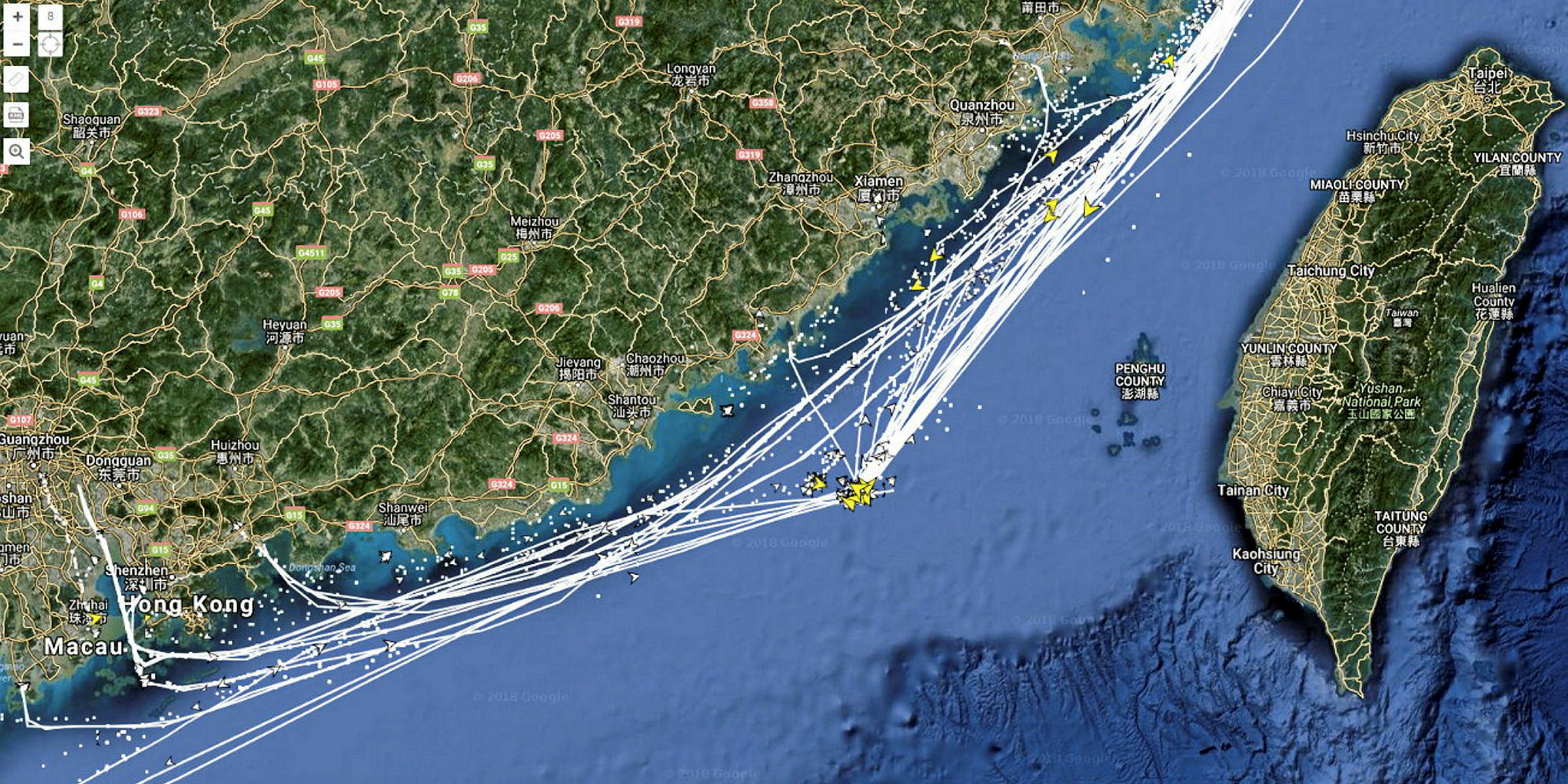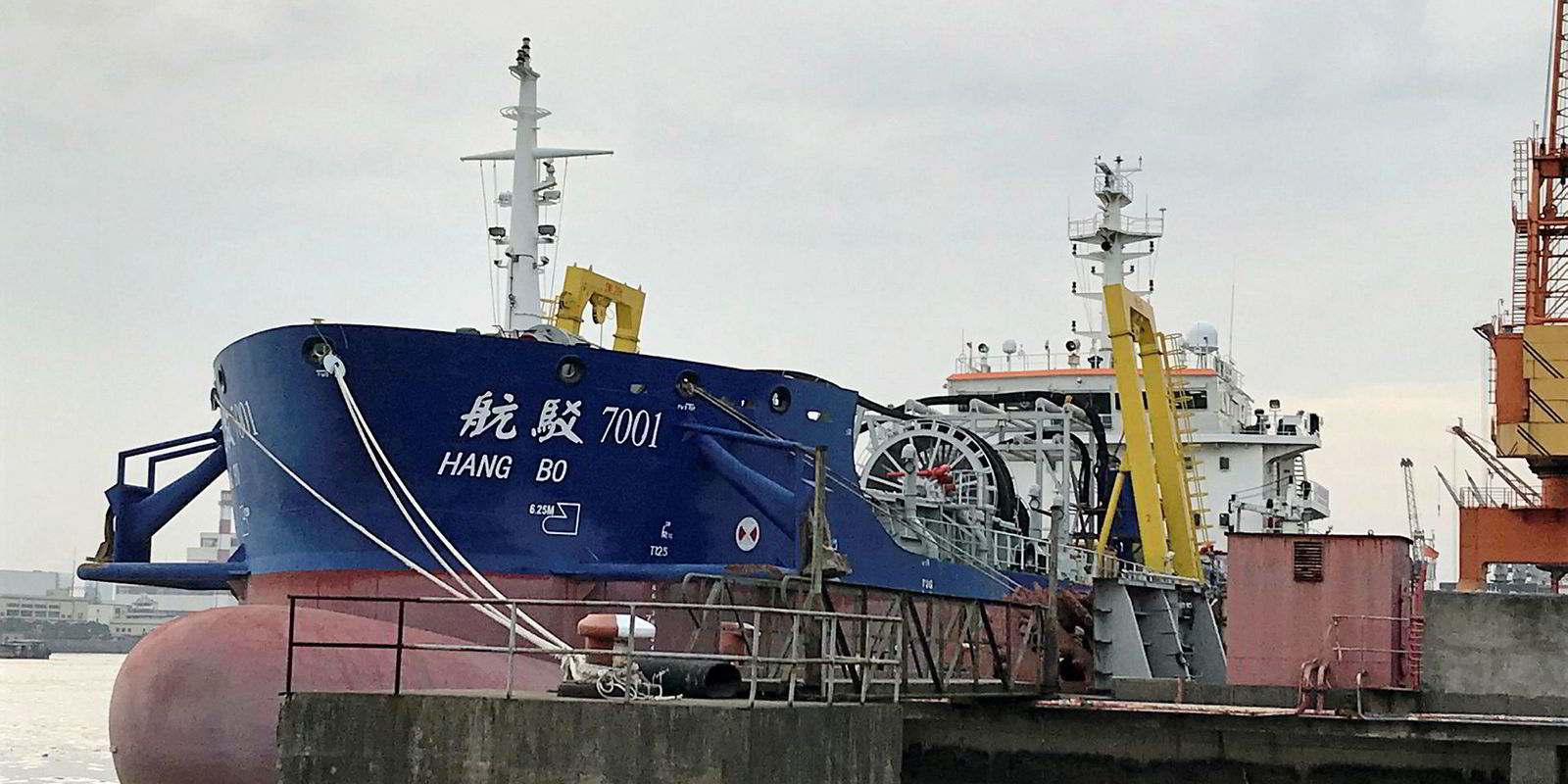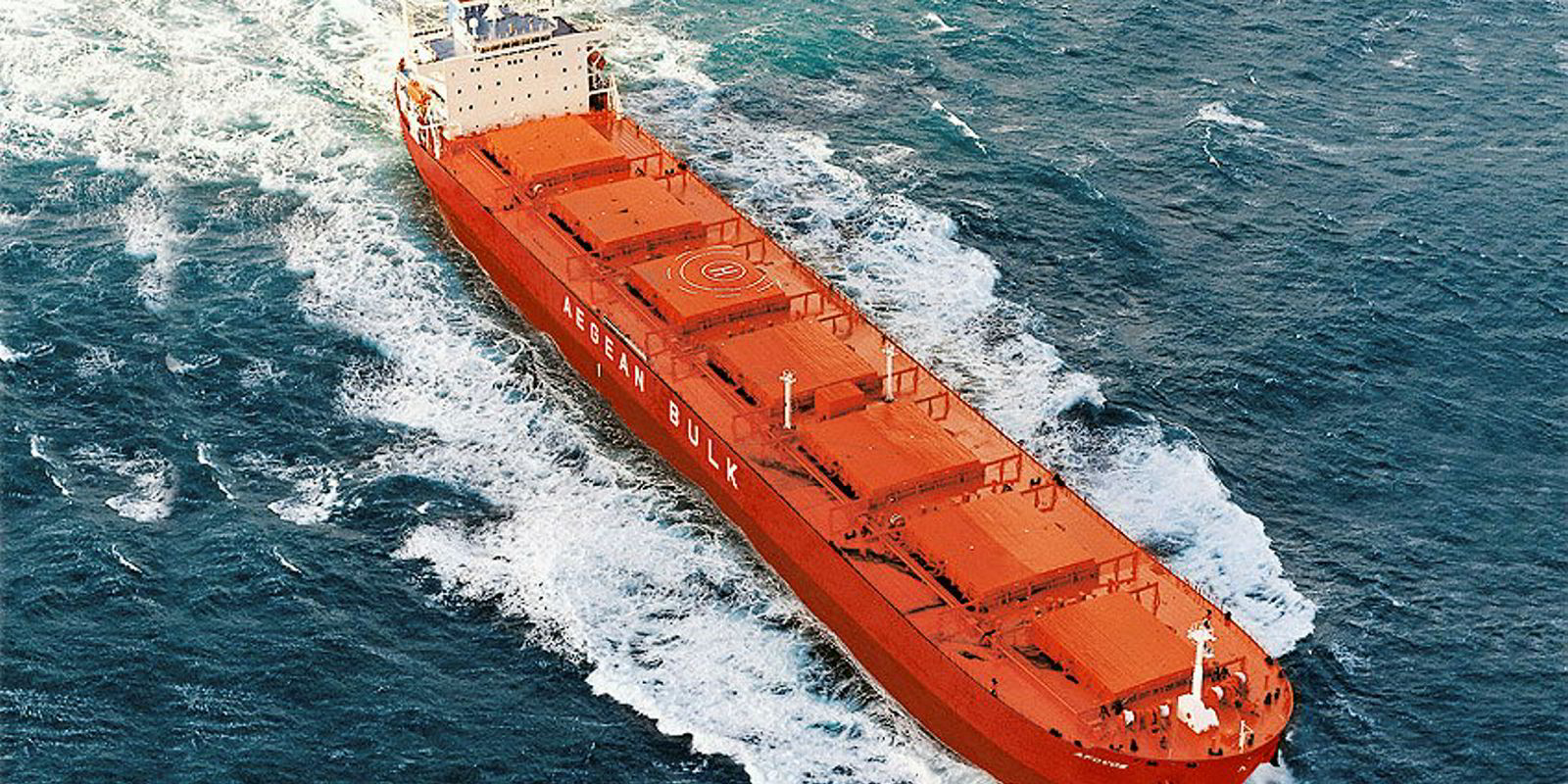China's offshore sand banks hold an economically and environmentally inviting solution to the steadily increasing demand for construction materials and the tightening supply of suitable sand for aggregates, say Chinese geologists.
But while the ecological coast of offshore sand may be less than that of other sources, the researchers also point to questions that need to be answered before ramping up offshore sand mining.
In a 2014 study for the journal Resource Geology, a Qingdao-based team led by Qin Yachao surveyed the Yangtze Shoal, west and north-west of Shanghai, and found it holds some 148 billion tonnes of suitable sand at depths of 25 to 55 metres within the reach of modern large trailing suction dredgers. Best of all, it is at a convenient distance for transportation from its destination in the construction sites of Shanghai and the lower Yangtze River.
They pointed to the Taiwan Strait and the northern shelf of the South China Sea as other promising sources for construction sand, but they remained unsurveyed.
In the Taiwan Strait, at least, the lack of a systematic survey has not stopped a group of dredger operators and their construction company customers from setting to work.
The offshore sand rush is driven not just by demand, but also by tightened supply, thanks to increased environmental enforcement on rivers and in near coastal areas.
River sand is best for construction because unlike sea sand it need not be desalinated for safe use in concrete, where chloride ions will corrode reinforcing steel. And unlike desert sand, it is rough-textured and binds easily. Thus the choice of sand comes down to the cost of transportation and desalination.
Citing figures that were already a decade old, the Qingdao researchers put the delivered cost of desalinated sea sand at 70% of river sand. But today the price difference is much greater as a result of more stringent Chinese enforcement of sand mining regulations, crackdowns on substandard river tonnage and the economies of scale of transporting sand in panamax bulkers.
Other researchers have found that seabed fauna in dredged areas are likely to make a comeback within two or three years , but the anchorage off Shantou, where substantial offshore sand mining is now taking place, may be a more sensitive one than the Yangtze Shoal.
It is part of the shallow Taiwan Bank, a rich fishing ground with soft bottoms of exposed sediments at depths of as little as 15 or 20 metres in places, supporting a well developed fishing industry on both sides of the Strait.





